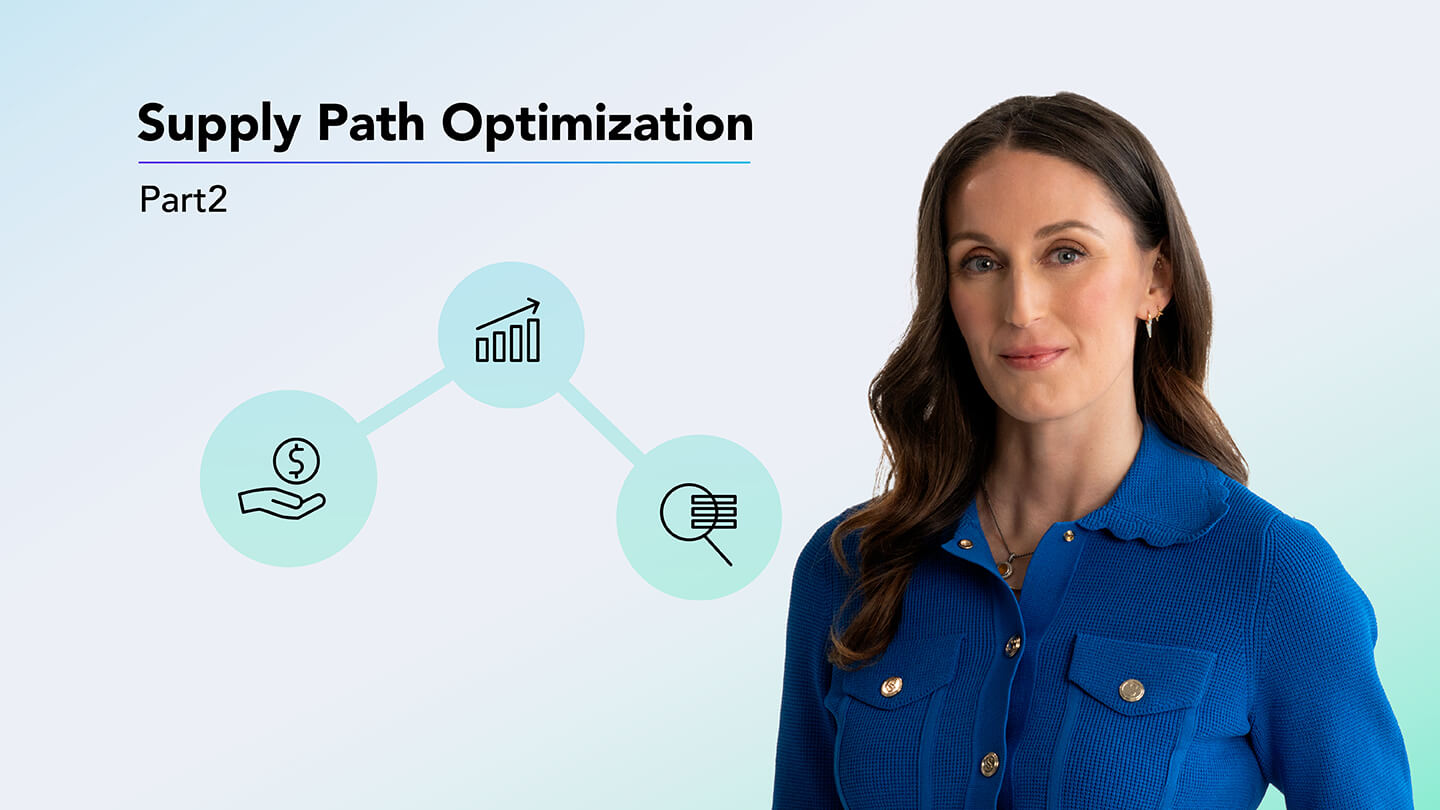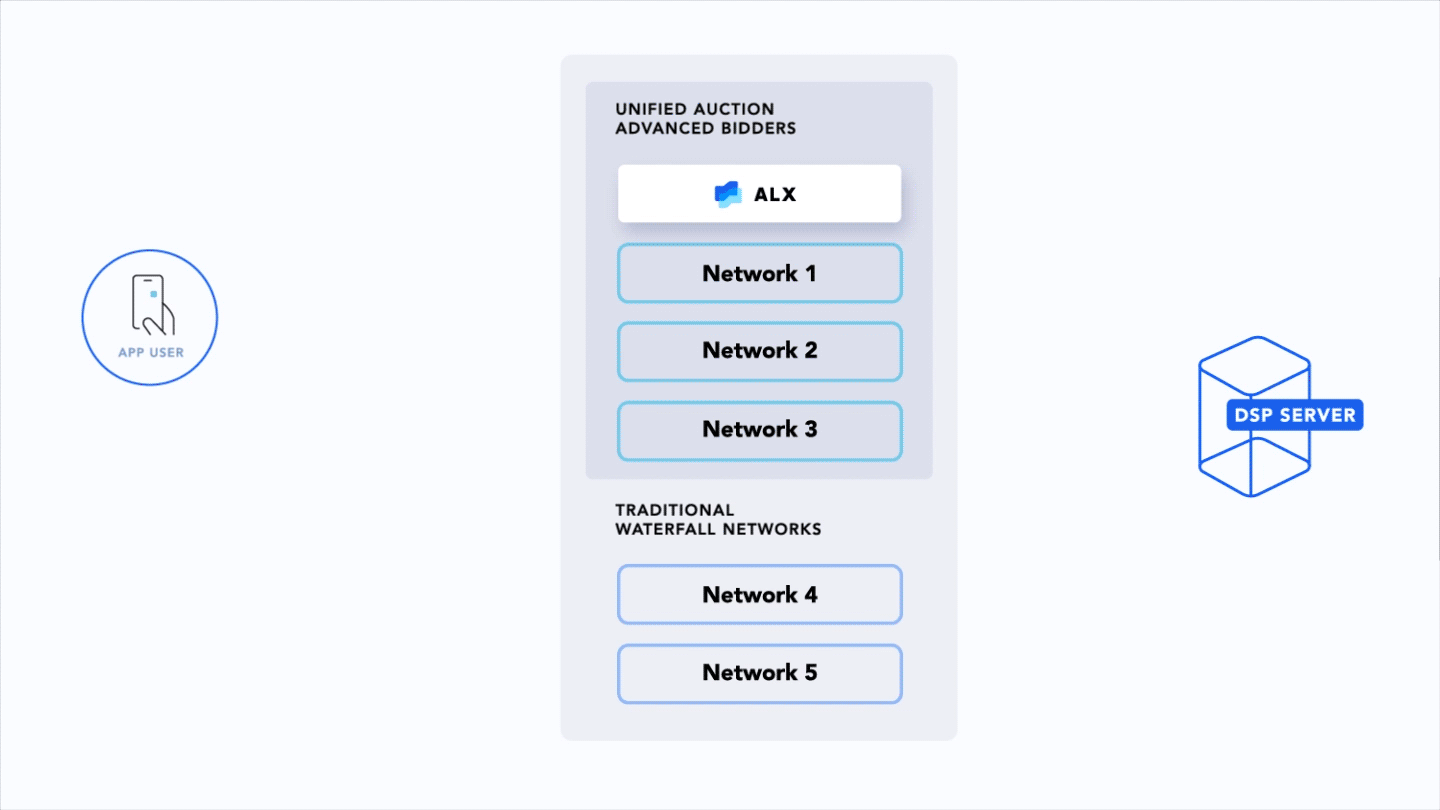Brand Advertising, In-app Bidding
What is Supply Path Optimization (Part 2): Programmatic Efficiency
Jul 7, 2022

Brand Advertising, In-app Bidding

In part 1 of this series, we defined Supply Path Optimization and described its key components and SDK partners: the mediation SDK, the advanced bidder SDK, and traditional network SDK. In this article, we’ll describe how to tailor your supply path optimization for programmatic efficiency.
Developing an effective SPO strategy on mobile can be a challenging initiative for DSPs and buyers. Now that we’ve outlined the different type of SDK partners in Part 1, here are three key ways in which buying through mediated SDK partners directly helps advertisers with SPO:
For every opportunity to serve an impression, there could be an exponential number of requests. Let’s look at an example where a publisher is working with a mediation SDK like AppLovin’s MAX, and also five SDK networks. Three of those networks are advanced bidders participating in the unified auction, and the other two are traditional waterfall networks.
If a DSP is integrated with all of those supply partners, they will effectively be hit with one request from the AppLovin Exchange (ALX), 3 requests from the advanced bidders (i.e. 1 per bidder), and up to 10-20 times the number of requests for each waterfall network.

That one impression opportunity has now turned into more than 24 requests to that DSP’s server. This does not include resold or indirect sources of supply so this duplication stands to increase further, causing a major drag on infrastructure costs as servers are becoming increasingly expensive to maintain. You can minimize these server costs by eliminating connections with traditional network SDKs and reseller connections that inflate requests without providing an added benefit to access.
In this example, we’re just looking at SDK direct network connections. All of these connections would be defined as direct in app-ads-txt. Now imagine the amount of duplication that occurs when you start adding resellers or intermediaries on top of these direct SDK connections. A DSP could be buying impressions from an ad network who is reselling from an exchange who is direct. Resellers add a tremendous amount of duplication to the bid stream.
We can break down performance efficiency by looking at price. As you can imagine with the above scenario, in addition to inflated server costs, you are also exposed to additional tech fees as resellers and intermediaries take a cut of your bid as they pass through to the final auction. This fee reduces buying power while also reducing transparency both of which may make it harder to optimize performance.
Even with direct access, it is hard to understand fee transparency as traditional networks may not disclose their auction pricing. The cleanest way to increase your buying power and performance is to reduce reseller connections and consolidate bidding against the mediation SDK that runs a unified and transparent auction. Premium access and scale
Each supply-side platform (SSP), whether SDK direct or reseller, differs in access, data collection, and support for measurement and verification solutions. In addition to having to consider infrastructure and performance efficiencies, buyers need to also ensure they can properly target and measure their campaigns across the supply. For this, they need to evaluate access as well as support for OMSDK, key fields like sellers.json and app-ads.txt, and what invalid traffic (IVT) solutions are in place.
For DSPs and buyers looking to jumpstart their SPO optimization, prioritizing access through the mediator SDK is key. The Applovin Exchange is powered by the largest mediation SDK in mobile, and can give this edge to buyers who are looking for the most direct and efficient way to reach publishers and the end consumer. When buying power increases and programmatic bloat is eliminated, publishers and advertisers both benefit as we grow the advertising market with efficiency and transparency.